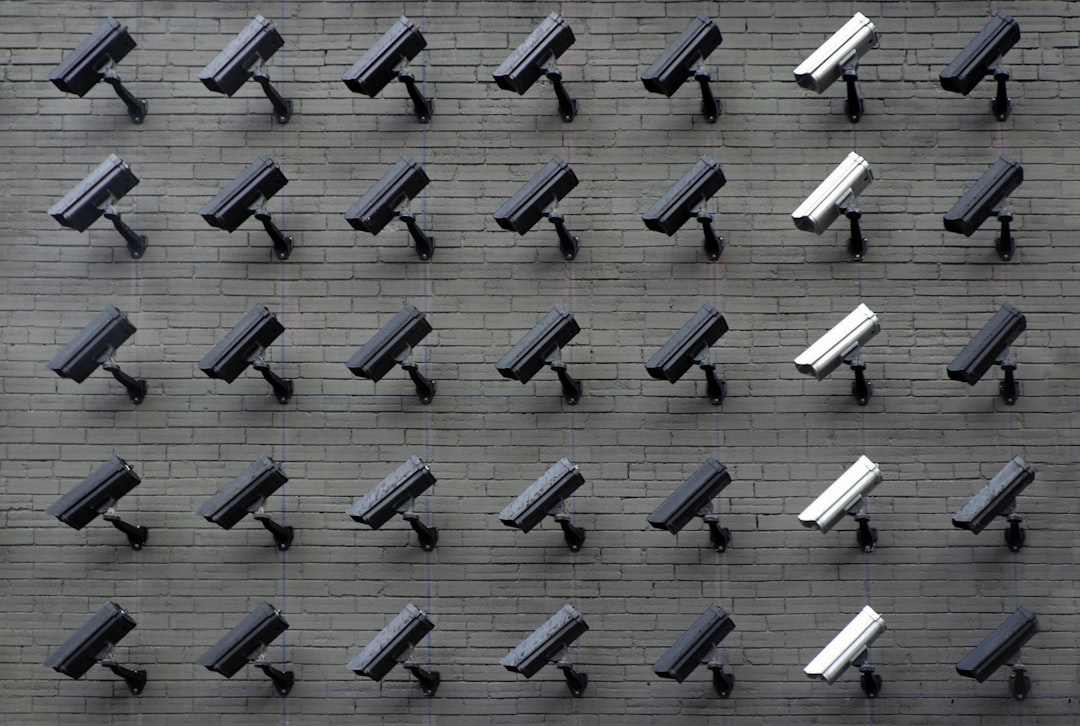Ever feel like putting on armor before you go online? That’s kind of what a VPN (Virtual Private Network) does. But not every knight needs the same armor, right? That’s why it’s smart to personalize your VPN to match your digital lifestyle.
TL;DR:
Using a VPN is smart, but using one that fits your unique needs is smarter. Whether you’re a streamer, traveler, remote worker, or casual browser, you can tweak your VPN for better security and performance. This guide will show you how to customize your VPN settings for maximum benefit. Safe browsing doesn’t have to be boring or confusing — we’ll make it fun and simple!
Why Personalize Your VPN?
VPNs hide your IP address and encrypt your data. That’s awesome. But using a generic setup might slow you down or limit your experience. If you change just a few settings, you can boost your speed, security, and even access more content online.
Step 1: Know Your Needs
Ask yourself, “What do I do the most online?” Then tailor your VPN based on that.
- Streaming videos? You’ll want fast servers and geo-unblocking features.
- Traveling a lot? Focus on global server coverage and mobile compatibility.
- Remote working? Prioritize strong encryption and split tunneling.
- General browsing? Go for balance: privacy, speed, and ease of use.
Your habits matter. So let your VPN match them.
Step 2: Pick the Right Server
This is where things get fun. VPNs have tons of servers, all over the world. Picking a closer server can make your connection faster. Want to stream a UK-only show from the US? Pick a UK server!
Also, some VPNs show you how “busy” a server is. Choose one with low traffic if you want top speed.
Pro Tip: Save your favorite servers for quick access later. Most apps let you do this.
Step 3: Adjust Your Protocol
This sounds fancy but it’s not too hard. A VPN protocol is like a set of rules the app follows to guard your data.
- OpenVPN: Secure and reliable, good for general use.
- WireGuard: Super fast, great for streaming and gaming.
- IKEv2: Best for mobile users; reconnects quickly if your signal drops.
Try switching protocols if you notice the VPN feeling slow or glitchy.
Step 4: Use Split Tunneling (It’s Cool, Trust Us)
Split tunneling lets you choose which apps go through the VPN and which don’t. Say you want to stream a local sports game while keeping your torrent downloads private? This feature has your back!
It’s super helpful if:
- You need local services (like banking websites) to work, even while browsing securely.
- You’re trying to save on speed where security isn’t needed.
Every bit of customization helps.
Step 5: Enable the Kill Switch
A kill switch is like your VPN’s superhero reflex. If the VPN connection drops, it cuts off your internet to make sure your real IP or data doesn’t slip through.
Make sure this feature is turned on, especially if you’re dealing with sensitive data or anonymous browsing.
Think of it as an emergency parachute. Better to have it and not need it!
Step 6: Location, Location, Location
Want to watch content from different countries or get better privacy? Choose your VPN location wisely.
- For privacy: Connect to servers in privacy-friendly countries (like Switzerland or Iceland).
- For geo-access: Choose countries where your favorite shows or services are available.
- For speed: Connect closer to your actual physical location.

You can even test different locations over time to find your go-to spots.
Step 7: Turn On Auto-Connect
Some VPNs can auto-connect when your device starts or when you access an unknown network. This is gold.
Think of it like seatbelts. You want them on before there’s a problem. Not after.
Bonus: You can set different rules for home Wi-Fi, mobile data, or public networks.
Step 8: Beware of Free VPNs
Free isn’t always safe. While some free VPNs are okay, many log your data or inject ads.
If you’re serious about security, privacy, and performance, go for a paid service. It’s a small price for peace of mind.
Plus, they usually come with way more features you can personalize.
Add-Ons and Extras (For the Power Users)
Once you’ve got the basics down, check if your VPN provider offers add-ons or advanced settings:
- Double VPN: Routes your traffic through two servers for double encryption.
- Ad Blocker: Stops annoying ads and even malware.
- Browser Extensions: Use the VPN inside just your browser instead of the whole device.
- Multi-Hop Servers: For the ultra-cautious — your data goes through more than one country.

You don’t need to use all of them. Just pick what works for you.
Keep It Updated
VPN developers fix bugs, improve speeds, and boost security with updates. Don’t ignore them.
Turn on auto-update or check the app regularly. An outdated VPN can open you up to threats.
Bonus Tips For Travelers
- Download your VPN app and server lists before entering a restrictive country.
- Use stealth mode or obfuscation to make your VPN traffic invisible in places where VPNs are blocked.
- Always test your app in a safe zone before your trip.
It’s like packing the right travel adapter — essential and easy to forget. Don’t wait until you’re behind the Great Firewall!
Final Thoughts: Make It Yours
A VPN can be your trusty sidekick in the online jungle. But like any good sidekick, it works best when it knows your style.
So don’t just turn it on and forget it. Spend a few minutes personalizing it, and enjoy faster speeds, better access, and stronger protection.
Online life doesn’t have to be risky. With a custom-tuned VPN, you can browse with confidence and maybe even discover new shows from across the globe.
Now go ahead, make that VPN your own. Surf safe, surf smart!

